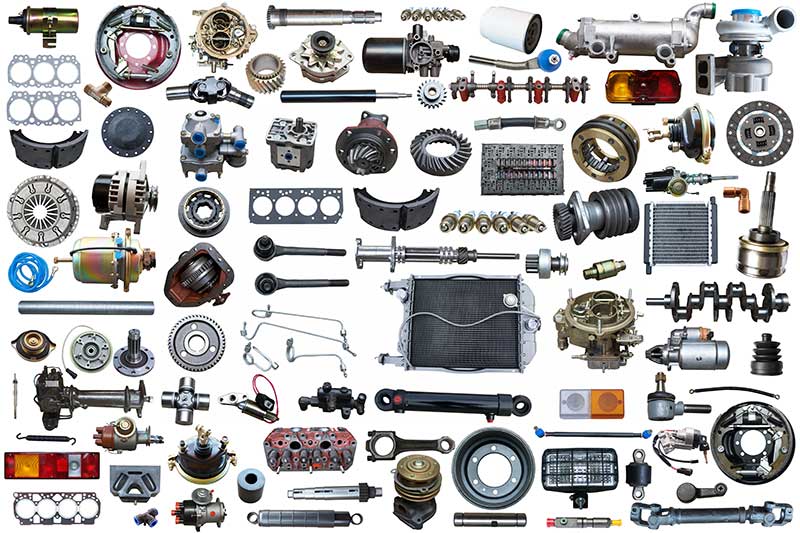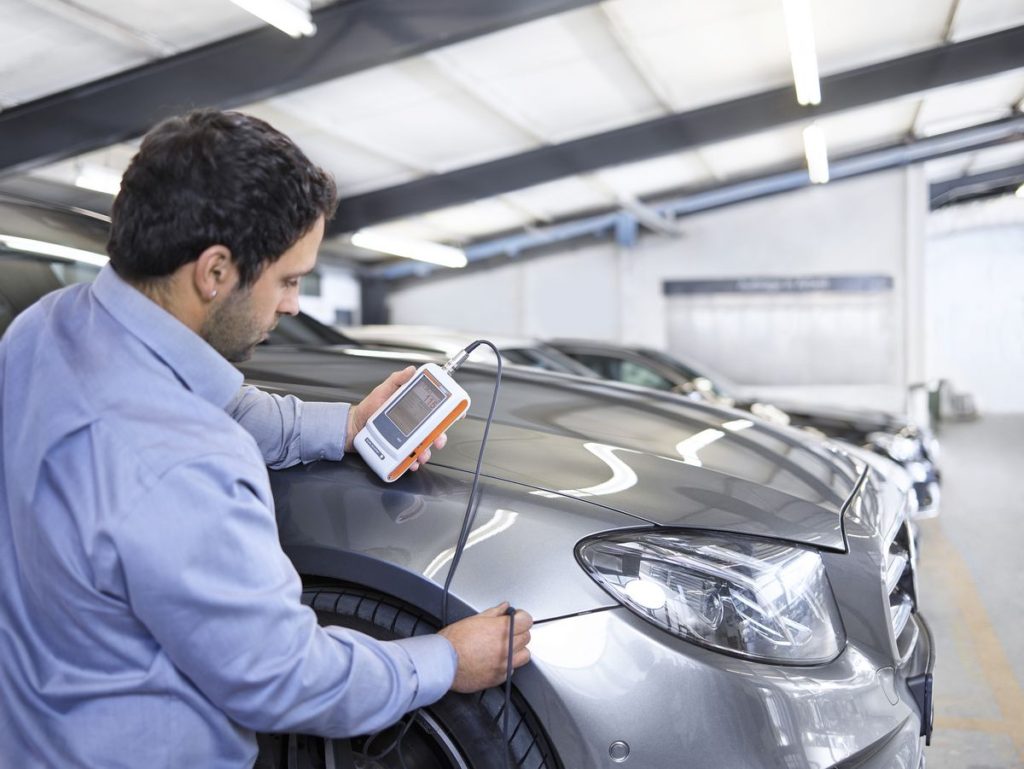When you’re paying a body shop to do some repairs or maintenance on your car, you want to know that they did the job correctly. Whether you’re paying them or if your insurance company is paying them, it’s important to make sure your car is returned to you as expected. There shouldn’t be any surprises or additional fees after the work is done. Luckily, there are some ways to check to see if your vehicle was repaired properly.
Introduction
In the event of an accident, broken portions of your car, such as a cracked windshield, will be wrapped with collision wrap. Premium quality crash wrap and other supply items for auto dealerships can be purchased from MBR Marketing at https://mbrmarketing.com/body-shop-supplies/crash-wrap.
Ask for the Original Parts Back

If the body shop replaced a part of your car, you should have received the old part back. Take a look at any parts that were replaced and make sure they look like the originals. If a new fender was put on your car, check to make sure it looks like the ones that came with the car.
Unethical body shops will use aftermarket parts or counterfeit ones if they save money for the shop and charge you a higher price for the parts they replaced. You should also ensure that all replacement parts are still in working order and do not look like they were taken or used from other vehicles.
Any parts that were re-machined or welded should be smooth to the touch. If they have rust around them, it is a good indication that the part was not replaced. If rust cannot be cleaned off and repainting is required, it means they did a poor job on the original repair and likely did not replace the part.
Examine Your Vehicle for Damages that Weren’t There Before

Take notes and pictures of where all dents, scratches, scuffs, and chips were located prior to your body shop claiming they fixed everything. Once your vehicle is returned, see if those marks are still present. Pull up your notes and photos so you can quickly compare the before and after for each mark.
You should be comparing the differences under different lighting conditions. You can use a flashlight, but if you didn’t use one before, you may help identify more problems that you didn’t identify in the first place.
Walk around your vehicle multiple times using different angles and lighting. Try to examine closely, and don’t forget about your tires either. Determine whether the body shop did the job correctly, and don’t be afraid to point anything out that looks odd. Remember that you’re the one paying money for the repair. If you’re not satisfied with the repair, ask your body shop what they can do differently to satisfy you and rectify their mistake.
Look at the Paint and Compare it to Your Vehicle’s Original Color

If you got a paint job done, hold a small mirror or a piece of clear plastic with light shining onto it against the freshly painted surface. If there is any irregular reflection on the newly painted surface (for example an orange peel effect), then you need to get that area repainted and have your body shop paint over it better.
You should also look for signs of overspray or knicks in paint, as they are signs of sloppy workmanship. If you see the clear coat is fading or looking dull, it usually means that they did not perform a quality paint job and have used low-quality paints.
Here are some examples of what you might see when a body shop has not done the paint job correctly:
- The paint is not blended with the rest of the vehicle and appears to be a different color.
- The paint is not flat and it looks shiny or glossy (if it is a clear coat, it could have been applied too thin).
- The paint doesn’t match the rest of your vehicle, but the body shop says that’s because you got paint spilled on your vehicle and they had to repaint it. In this case, you can test the shop by asking for written proof from the manufacturer that the paint matches your vehicle.
- The clear coat is bubbling and peeling off the top layer of paint.
Test Every Component of Your Car

A good practice before sending your car to the body shop is writing down everything that isn’t working about your car. Let’s say, for example, you’re going to get your air conditioner fixed because it isn’t working properly. Assuming everything else is working properly, you’d write down that only your air conditioner needs to be fixed. You may want to let the body shop know that everything else on your car is working properly, too. Of course, you need to be honest about this to avoid any legal complications.
Now, when you get your car back from the shop, you can test all the components of your car to ensure everything’s still working. Get inside your car and test the heater, windshield wipers, stereo, Bluetooth, auxiliary cord, windows, emergency break, breaks, and all other features your car has. If all your components are still functioning normally, you’ll know that the body shop didn’t mess up anything else.
However, if you find that something is off or isn’t working like how you remember, take your car back to the shop and show them what’s wrong. They should then go over your car again and make the necessary adjustments to put everything back in working order. If the body shop truly made a mistake that caused something to not work properly, you should not have to pay for it.
Conclusion
If you find that further down the road your vehicle is experiencing the same problems that you paid to get fixed, let the body shop know immediately. Keep in mind that after a few weeks or even months, the same problem may arise if it wasn’t repaired properly. If this happens, see if you still have a warranty for the previous repair you did. If you’re still under warranty. You should be able to get another repair for free with no questions asked.




